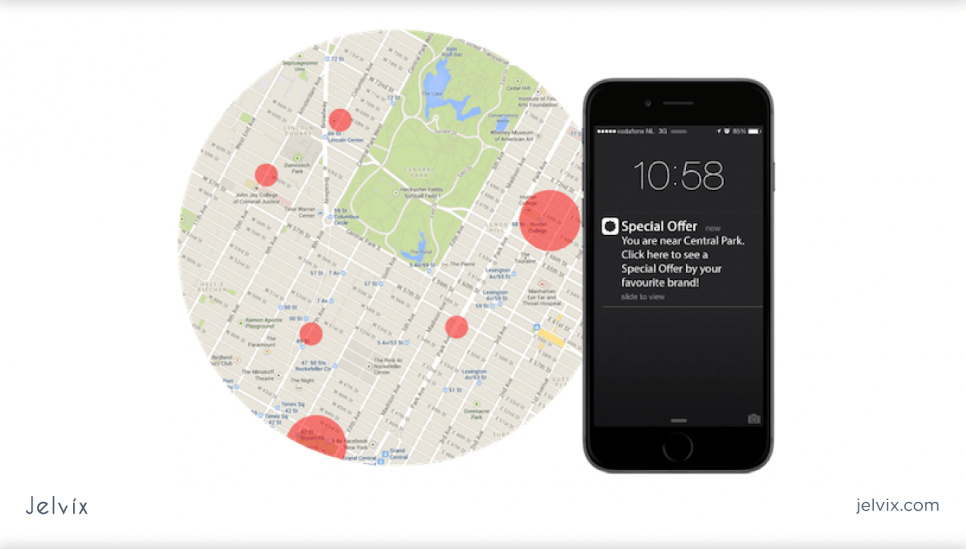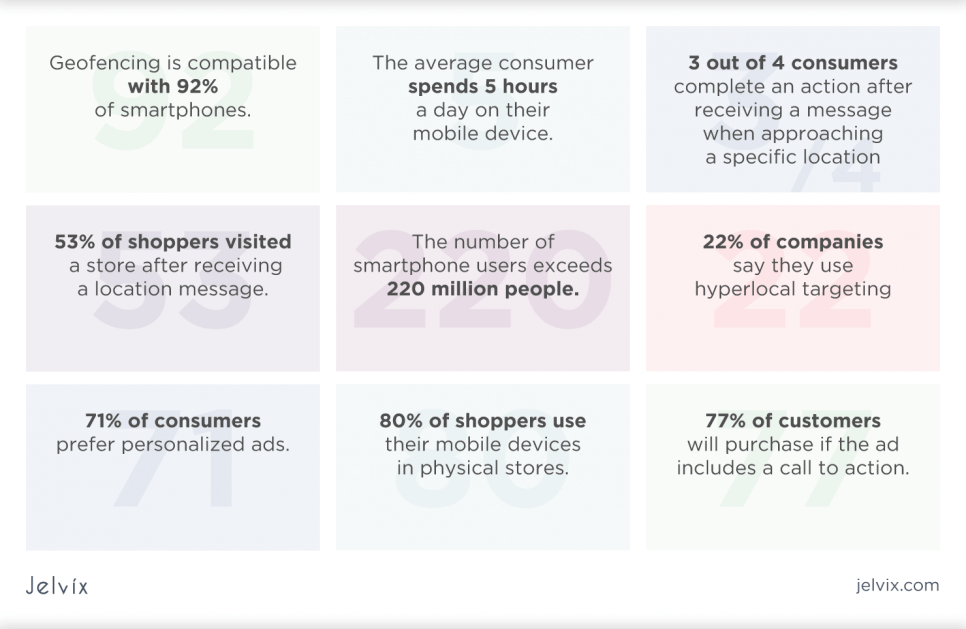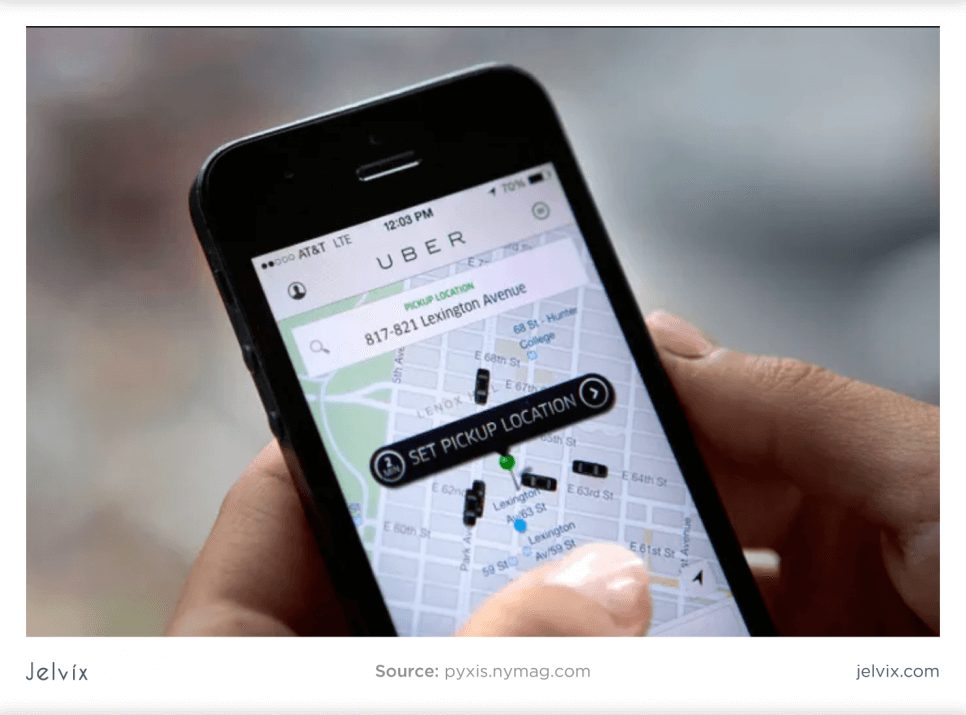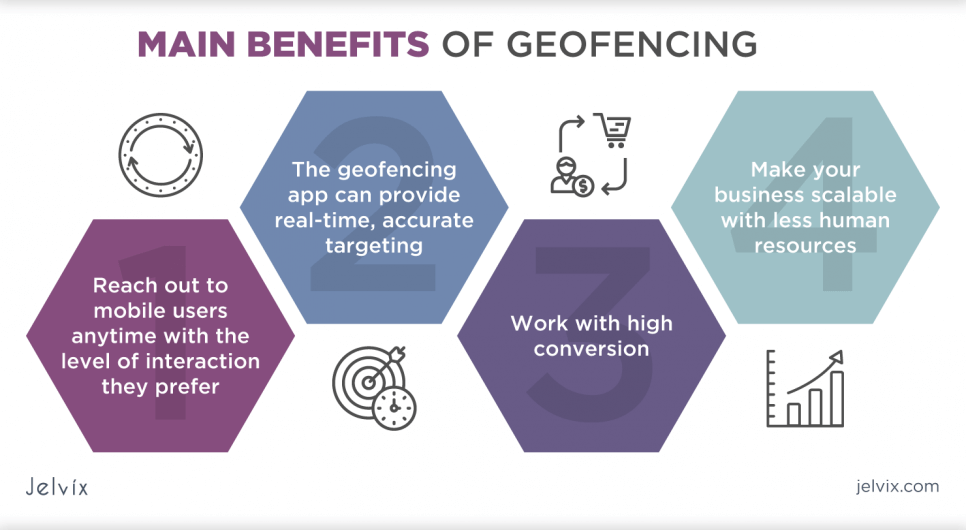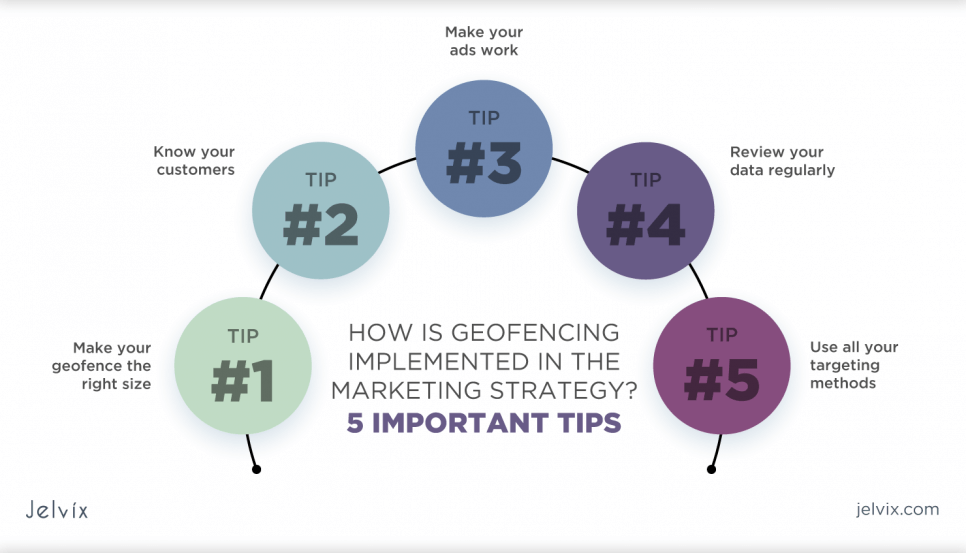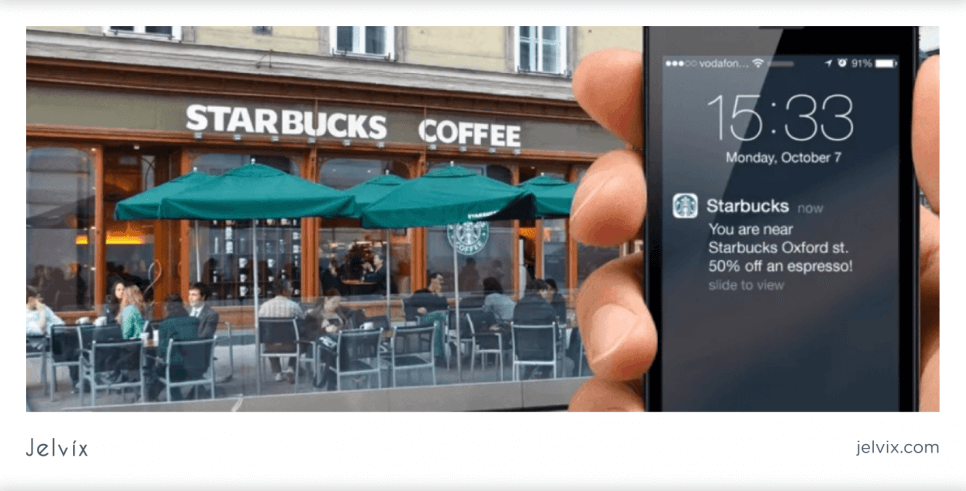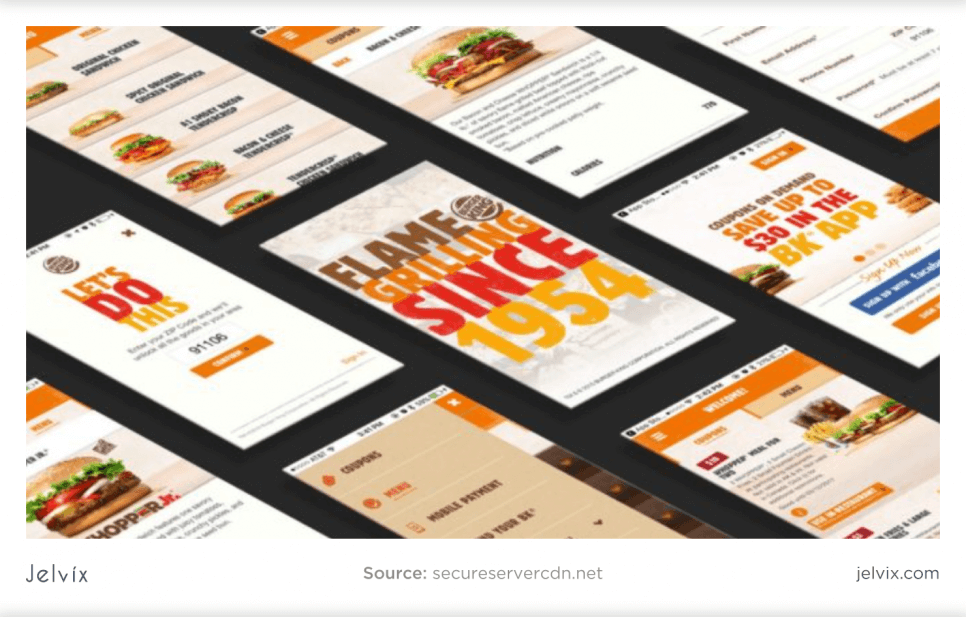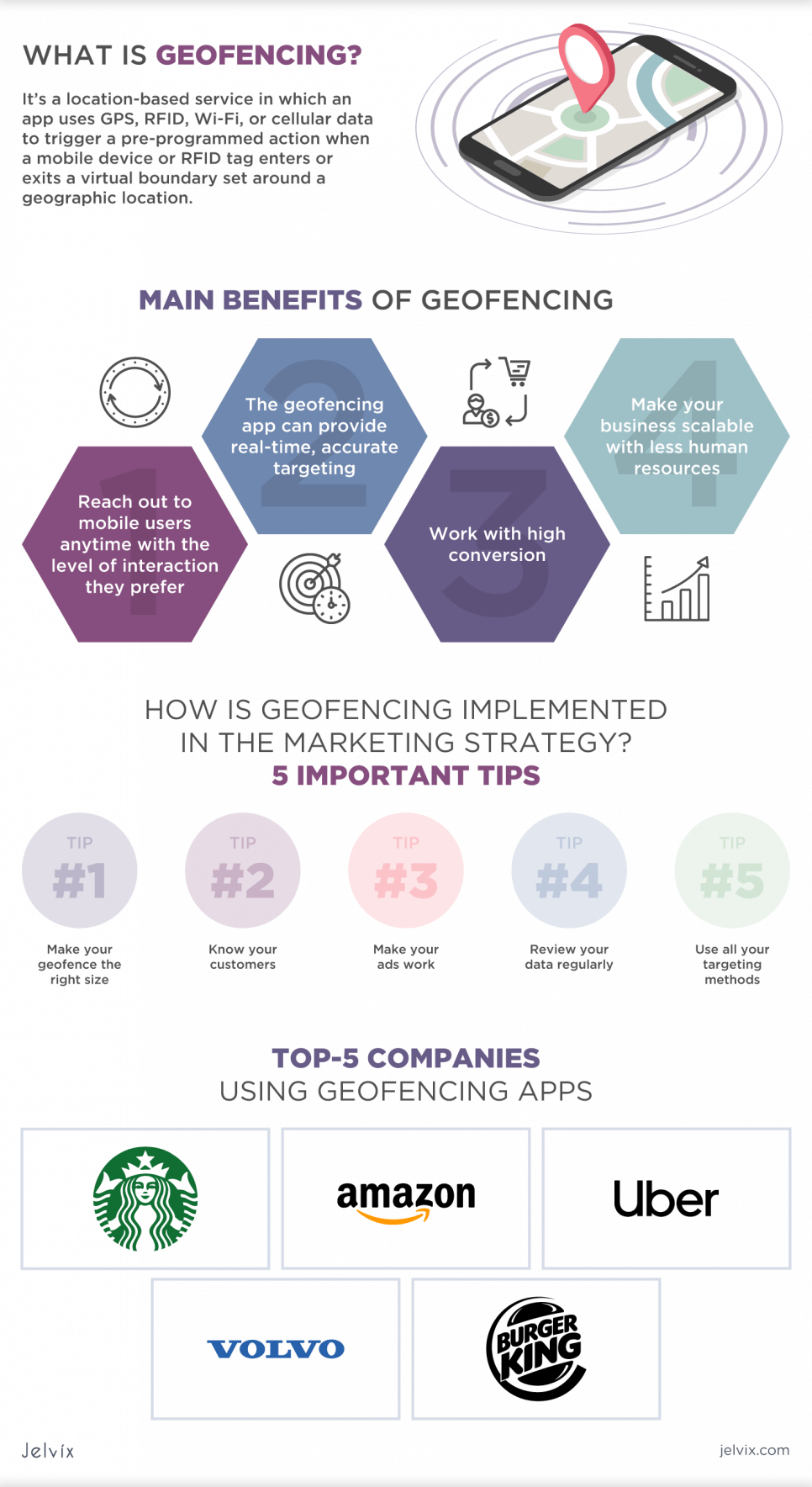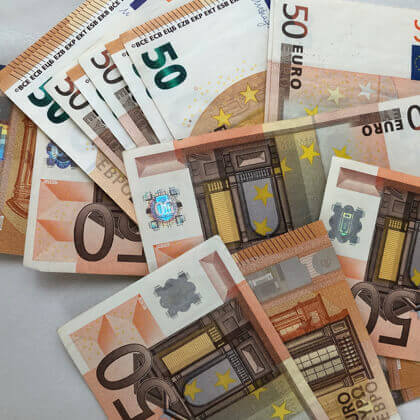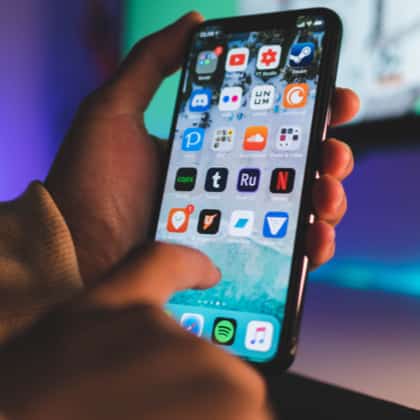If you’re pleasantly surprised by the local ads you’ve seen lately, geofencing technology may be responsible. Competitor geofencing is a marketing strategy that has taken the business by storm.
Geofencing technology lets businesses target the most qualified audience by simply setting virtual boundaries. When targeted clients enter this boundary, ads or push notifications will be activated enticing them within that boundary to visit the storefront.
It sounds like a story from a sci-fi magazine, but it’s real life – and every day, more and more companies are using this technology. Geofencing technology can be used for example, on Facebook, with contextual advertising, and in many other cases.
In this article, we’ll overview geofencing technology and talk about how you can benefit from it.
What is Geofencing?
Geofencing definition is a location-based service in which an app uses GPS, RFID, Wi-Fi, or cellular data to trigger a pre-programmed action when a mobile device or RFID tag enters or exits a virtual boundary set around a geographic location.
Besides, it is essential to understand what is geofence. In simple words, it is a virtual perimeter for a real-world geographic area.
The geo-targeting, also known as location-based marketing, is a well-known example of geofencing. It uses geofences to target mobile users in specific geographic locations.
For example, shoppers using an in-store app may be familiar with geofencing. A store or supermarket can be surrounded by a geofence that detects the user’s location and triggers app notifications. When entering the shop, the application will notify potential customers about certain offers and promotions.
Geofencing Market Overview
Given the mobile-centric nature of a geofence or white-label geofence, its adoption and effectiveness in meeting targets across many industries are on the rise. There are many uses for geofencing, and statistics support the point of hyperlocal tracking and RFID marketing.
- Geofencing is compatible with 92% of smartphones;
- The average consumer spends 5 hours a day on their mobile device;
- 3 out of 4 consumers complete an action after receiving a message when approaching a specific location;
- 53% of shoppers visited a store after receiving a location message;
- The number of smartphone users exceeds 220 million people;
- 22% of companies say they use hyperlocal targeting;
- 71% of consumers prefer personalized ads;
- 80% of shoppers use their mobile devices in a physical store;
- 77% of customers will purchase if the ad includes a call to action;
- Geofenced mobile ads have twice the click-through rate. This is due to the hyper-local nature and the granular targeting allowed for geofences.
The Future of Geofencing
There are some caveats to geofencing, especially regarding privacy in marketing. Just 4 years ago, Massachusetts was one of the first states to pass a consumer protection law that objected to location-based advertising to target people based on specific medical diagnoses.
The Attorney General blocked an ad campaign by Copley Advertising, which a Christian organization hired to geofence around women’s clinics, that would target women in the waiting room or nearby anti-abortion ads.
However, despite the security questions, it doesn’t look like geofences will soon lose popularity. According to Future Market Insights, the geofencing industry is anticipated to reach US$ 9,596.6 Million in 2032, driven by technological advances in the use of spatial data and an increase in applications across many industry verticals.
What is Geofencing Used For?
There are many ways marketing specialists use geofencing. For instance, they can send location-relevant content to mobile users or explore offline behavior from location data for audience segmentation, personalization, retargeting, competitive intelligence, etc.
Besides, businesses can use geofencing for security, time tracking, vehicle tracking, and more, or it can be used in home automation, children’s location services, and even law enforcement. With the rise in popularity of mobile devices, and once the geographic area is defined, the possibilities for what can be done with geofencing seem endless.
Main Benefits of Geofencing
What better help to understand your customers’ steps than their real journey via mobile? For most people, a gadget is an extension of their lives, making it the endpoint of interaction from which to turn your brand or app into a meaningful part of their everyday lives.
Here are just a few ways a geofencing app can quickly add value to your business:
Reach out to mobile users anytime with the level of interaction they prefer
Geofencing can generate distinctive levels of interaction, from push messages to in-app content, emails, and advertisements. Whether a user has subscribed to receive notifications, these touchpoints can cause relevant content to appear in your app other than push messages.
The geofencing app can provide real-time, accurate targeting
These touchpoints can target users within 50 meters, meaning you can avoid messages that fall into the wrong context and thus avoid missed opportunities to connect and deliver value through your app.
Work with high conversion
The proof of the power of “place” is the click-through rate of tricky conversion rates. General notifications sent via mobile devices have a negligible CTR of 2-5%, while messages sent based on someone’s precise location using geofences as a trigger have a 3-5 times higher CTR.
Make your business scalable with fewer human resources
There should be no limit to the number of geofences you can set up in your markets or specific locations since there is no limit. You can also group geofences into campaigns and create them in bulk by country or in small, precise explosions in a few clicks.
Why Do Companies Need to Use Geofencing Marketing?
Geofencing is an efficient way to reach your users through mobile devices. Not surprisingly, according to our latest research, location-based notifications are 10 times more effective than standard push notifications. Mobile geofencing incorporates location and behavioral data into your app to improve audience segmentation and delivery of relevant notifications. It has proven to be an effective tool because it is personalized, reaches the audience on time, and is highly targeted.
Some use cases for geofencing marketing:
- Attract visitors to your places by adding geofences to POIs (points of interest) such as airports, hotels, or tourist spots, and send them attractive notifications that generate urgency to convince them to visit your business.
- Interview customers when they leave your POIs. By getting feedback from your customers, you get to know your business and store experience better. Don’t forget to give incentives or rewards to convince your customers to take the survey.
- Capture customers at competitor locations by adding geofences to competitor locations to influence consumer behavior by giving them a better deal if they visit your store. Using this tactic, you can also determine which segment of your customers frequents your competitors’ businesses.
- Redirect customers who have visited a specific location or participated in your campaigns to make a special offer or promote your loyalty program.
How Is Geofencing Implemented in the Marketing Strategy? 5 Important Tips
Before implementing geofencing, you must consider the journey of your customers. Where do they usually go? What other businesses are they interested in? What questions do they ask? When you understand your clients, you can create geofencing campaigns that are more likely to attract them.
Tip #1. Make your geofence the right size
Companies are excited about geofencing, and in some cases, even too much. This can lead to too large geofences, not leading to results. For example, if you have a competitor 30 minutes away from your store, it is unlikely that consumers will visit your store on the same day.
That’s why you want to create small, compact perimeters. The general rule of thumb for geofenced advertising is that your target area is only a four to five-minute walk from your store. You can increase this time to four or five minutes of driving in some cases.
Remember, you want users to feel comfortable visiting you. In some cases, your company may not need to worry about Conversion Zones. For example, an e-commerce store might target a geofenced marketing trade show. However, the goal of this company is to encourage users to visit their website, not a physical location.
Tip #2. Know your customers
Your target audience is critical. If you understand your clients and what they want, you can create a target area to deliver results. Besides, you can design ads that will attract customers and encourage them to buy. If you’re not sure who your target audience is – or updating your target audience – look at the data you already have.
For example, if you are active on social media, connect with your customers and see what they say about your business, services, or products.
Tip #3. Make your ads work
What is more effective – “Buy one dish and get one free, only today!” or “Come to our special dinner!” Of course, you invite users with each of these, but you are much more specific and precise in the first call to action (CTA).
It is also worth noting that you must design not spammy or self-serving ads. For example, if you’re promoting a new product, encourage users to try it rather than buying it. With this approach, you naturally lead them through the sales funnel.
Discover the benefits of mobile apps for businesses and their uses to remain competitive in the digital age.
Tip #4. Review your data regularly
Optimize the success of your geofencing marketing campaign and your other digital marketing efforts by reviewing your data regularly. Otherwise, you won’t know how your campaign is progressing. If analytics is uncharted territory for you, you can always work with a geofencing marketing company.
With technology like MarketingCloudFX, you can also view geofencing ROI.
For example, if a user visits your website after receiving an ad but calls later to place an order, you might see this in MarketingCloudFX.
Tip #5. Use all your targeting methods
In geofencing marketing, you can use several external marketing methods, including:
- Contextual targeting
It shows ads relevant to the page’s content, such as news articles about local restaurants.
- Content Targeting
It’s a tool that targets the keywords used in a search and the intent of such keywords. If you have content for the keyword “restaurants with private dining areas,” you should ensure that the content discusses your private dining area and options.
- Retargeting
A marketing targeting strategy shows ads to users who have viewed a product on your website, such as after visiting your storefront.
- Dayparting
A method targets users at specific times, better known as ad scheduling. For example, if you have a target audience active on weekdays, you can only run promotions from Monday to Friday.
Like many digital marketing tools, geofencing marketing will complement your digital marketing strategy. For example, it will inform your team when your target audience is active and how to promote them after visiting the store.
Top-5 Companies Using Geofencing Apps
Here are some real-life geofencing examples, including some of the best use cases by big brands.
Starbucks
As with many other geofencing examples, Starbucks uses this technology to send push notifications to interested customers nearby. One such example is their “happy hour” promotion, where certain drinks are half price, and users nearby receive special push notifications notifying them of the promotion.
They can infer when a customer is nearby or walking in the door. To deliver the appropriate push notification, they can also use geofencing marketing to categorize their customers into categories such as whether the user is a cappuccino or frappuccino drinker.
Amazon
Amazon’s new location service makes it easier for customers to add location functionality to their apps. In June, business customers can implement the feature using high-quality data from leading providers to provide maps, points of interest, geocoding, route planning, geofencing, and asset tracking.
The service can track items such as packages delivered to customers. And embed maps directly into apps to add a map to their website or app to let people know where they are. Importantly, businesses can use geofencing features to offer timely deals to customers when they are close to a retail location.
Uber
Los Angeles International Airport has banned taxis, Uber, and Lyft from picking up passengers. But the airport’s geofence allowed Uber to bypass this problem. When users get off the plane and think about getting home, the Uber app will notify them about nearby available cars.
It is very convenient and precisely what customers need at the moment. They have to walk to the airport where the Uber will be waiting. This is one of many geofencing examples that show how companies can increase sales by creating geofences in the right place.
Volvo
Using geo-fenced marketing, the New York dealership attracted 500 new leads to its website and 132 shoppers to its showroom during the 30-day trial period of the campaign.
The marketing team built geofences around areas with a high concentration of car buyers, including around local competitors, to target users with banner ads. They also set up a conversion zone around their dealership to track who visited the showroom.
Volvo has used the tool to increase brand awareness and attract clients who have already gone to the store to buy a luxury car.
Burger King
One of the best examples of geofencing in geoconquest is the Burger King Whopper Detour campaign. The bold move saw Burger King troll McDonald’s by offering its iconic burger for as little as 1 cent, but only to users who downloaded the BK app and then ordered through it while visiting a McDonald’s restaurant.
With careful planning ahead, Burger King collected data from thousands of McDonald’s restaurants and then created geofences around each one to launch the app promotion. Hailed as one of the best examples of geographic conquest allowed them to grab tons of competitors’ customers and get tons of free publicity at the same time! This is one of our favorite examples of geofencing ads.
Summing Up
Remember that geofences are abstract boundaries, so you can create any virtual geofence since the whole world is at your service. The method is economical: open the map, select the desired territories, and immediately start tracking them. Impressive, right?
The geofencing technology can be implemented with ready-made software solutions. Or if you need high accuracy for the product, it’s better to choose custom software. In this case, you will need skilled developers. Don’t hesitate to contact us, the Jelvix team will be happy to help!
Need a certain developer?
Access top talent pool to reach new business objectives.



